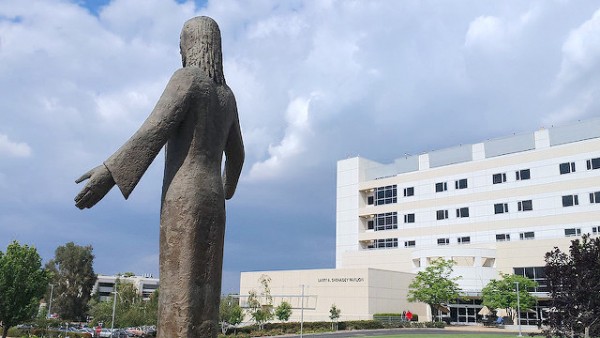
Catholic hospitals are a large and growing part of the U.S. health care system. Considerable public funding flows to these institutions, but they deny many reproductive health services and some kinds of end of life care to their patients. Catholic rules limit care in far-reaching ways, well beyond what many patients and health care providers understand or expect. These realities raise important issues about the future of religious restrictions in U.S. health care.
Restricted Care in a Growing Sector
Between 2001 and 2011, the number of Catholic hospitals increased by 16%, while public and secular not-for-profit hospitals decreased. One in six patients in the United States is cared for in a Catholic hospital, and in 2015, seven of the country’s 12 largest nonprofit hospital systems were Catholic. Although Catholic hospitals provide the same amount of charity care as non-Catholic hospitals, in terms of the percent of total revenues, they provide less care to Medicaid recipients than other kinds of hospitals.
Like other hospitals, Catholic institutions receive considerable public funding, yet they limit patient care to fit the Ethical and Religious Directives for Catholic Health Care Services written by the U.S. Conference of Catholic Bishops. As a condition of employment or medical privileges, doctors, nurses, and other clinical personnel are required to follow these directives when caring for patients in Catholic facilities. more...


 Research to Improve Policy: The Scholars Strategy Network seeks to improve public policy and strengthen democracy by organizing scholars working in America's colleges and universities. SSN's founding director is Theda Skocpol, Victor S. Thomas Professor of Government and Sociology at Harvard University.
Research to Improve Policy: The Scholars Strategy Network seeks to improve public policy and strengthen democracy by organizing scholars working in America's colleges and universities. SSN's founding director is Theda Skocpol, Victor S. Thomas Professor of Government and Sociology at Harvard University.